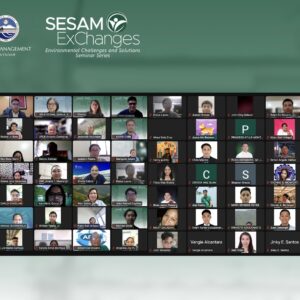NUS Professor is the First JESAM Editors’ Series Lecturer
The Journal of Environmental Science and Management (JESAM), conducted its first Editors’ Lecture Series presentation at the SESAM Lecture Hall, December 12, 2017. The first Editorial Board lecturer is Dr. David Taylor, Professor, Department of Geography, National University of Singapore (NUS). The lecture series is part of the 20th anniversary celebration of JESAM.
Prior to joining NUS, Dr. Taylor was the Professor Geography at Trinity College, University of Dublin, Ireland (2001-2012), where he was also Head of Department (2001-2005), Head of School (2005-2008), Acting Senior Dean (2004-2006) and Chair of the Trinity International Development Initiative (2010-2012). For the past seven years, he has been a Member of the European Science Foundation (ESF) Research Review Panel. He has also served as Secretary to the Palaeoecology and Human Evolution Commission of INQUA (2003-2010); Member of the Board of Governors, Mary Robinson Foundation- Climate Justice (2010-2012); Member of the Governing Council: British Academy/British Institute in Eastern Africa (2001-2013); Member of the Royal Irish Academy (RIA) Committee on Climate Change (2001-07) and the RIA Committee for Geography (2004-06).
A tropical palaeoecologist by training, with over 30 years of experience of fieldwork in Africa, Asia, Europe and North America, Dr. Taylor’s research examines the human dimensions of environmental change. Most of his work and his most highly cited research papers, including articles in Nature– focuses on environmental, including climate, changes and the ways in which people and ecosystems respond to and interact with these at low latitudes in Africa and Asia.
Dr. Taylor’s presentation entitled “Past environmental changes recorded in lake sediments: warming- enhanced eutrophication in the seven crater lakes of San Pablo?” highlighted their fieldwork in lakes Sampalok, Yambo, Mohicap and Bunot. “We used sediment cores to get samples of trace elements and diatoms, which will determine the changes that happened in the lakes past 100 to 300 years” said Dr. Taylor. Based on their sediment cores, the samples on top of the tubes are the more recent while those at the bottom of the tube is the oldest. “The data shown more proliferation of trace elements and diatoms on the top portion of the core samples, it indicates the anthropogenic effects on the lakes in the past 100 hundred years, where there is an increase in population and activities”, Dr. Taylor added. These are more prevalent in Lakes Sampalok and Yambo, which are nearer to San Pablo City, with denser population, compared to Lakes Mohicap and Bunot, which are farther away from populated areas.
Dr. Taylor is willing to collaborate with local academic institutions like SESAM-UPLB, as he continues his research about the Seven Lakes. Currently, He has students from NUS and University of Santo Tomas conducting studies in the Seven Lakes. More than 60 SESAM faculty, staff and students, as well as the JESAM editorial team attended the lecture series.







